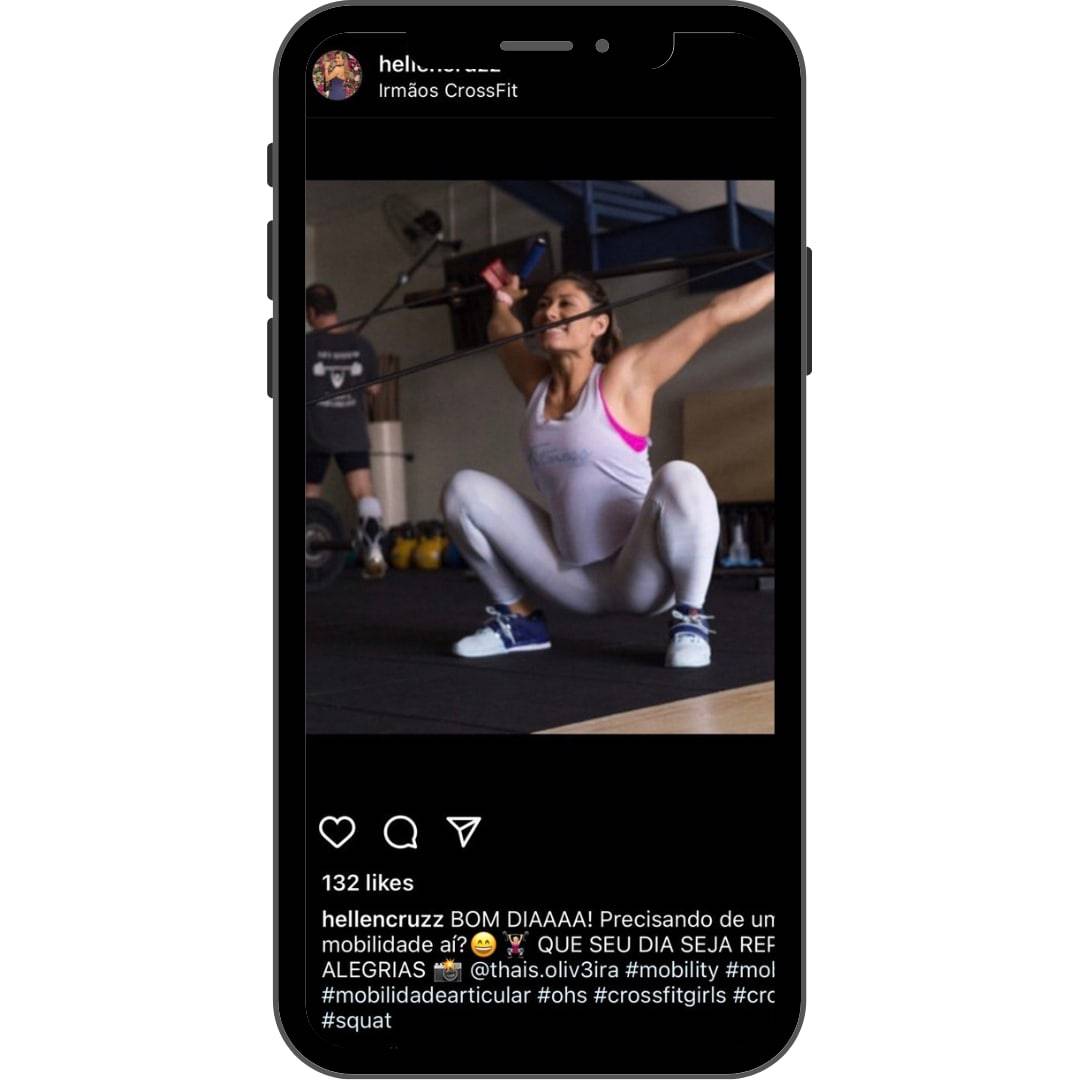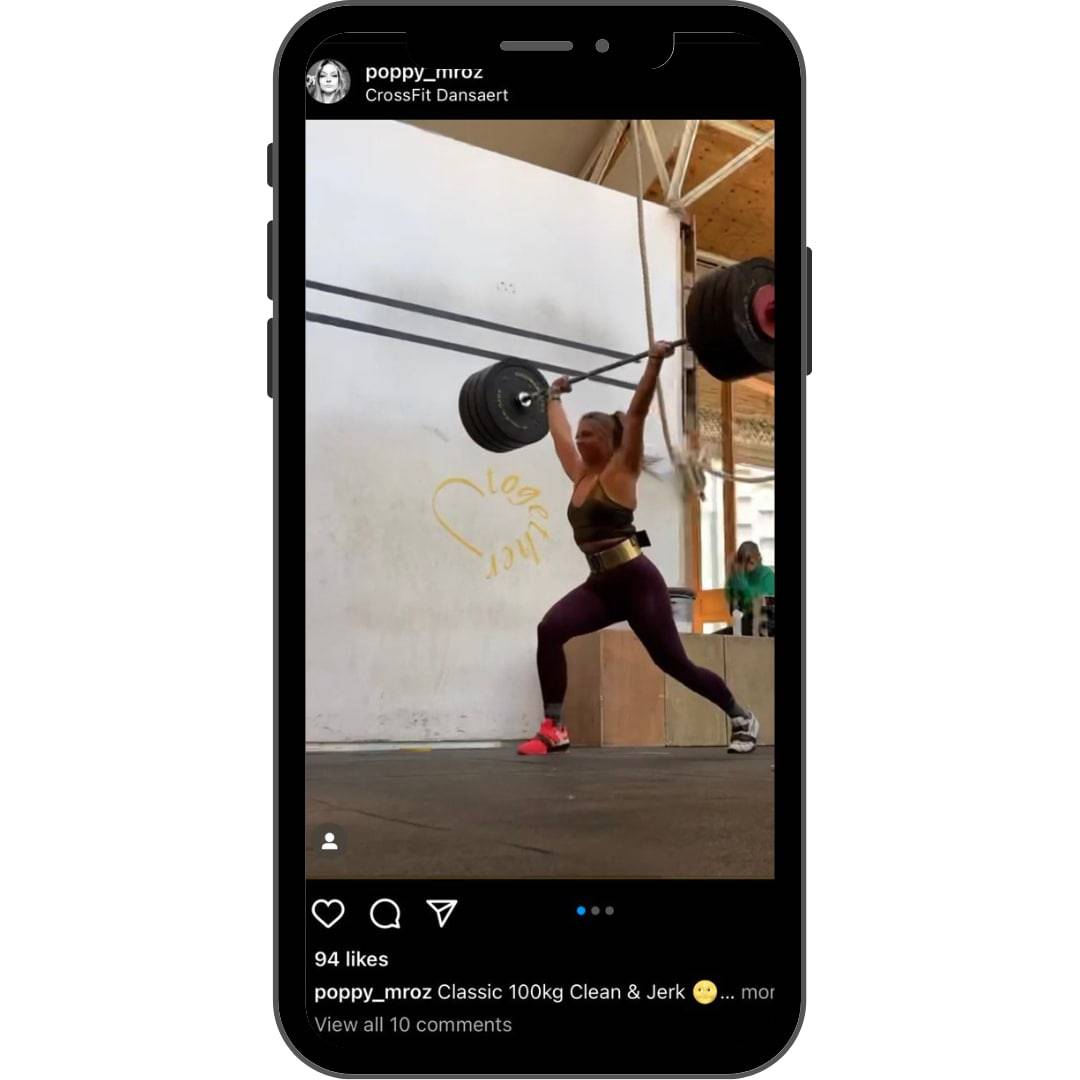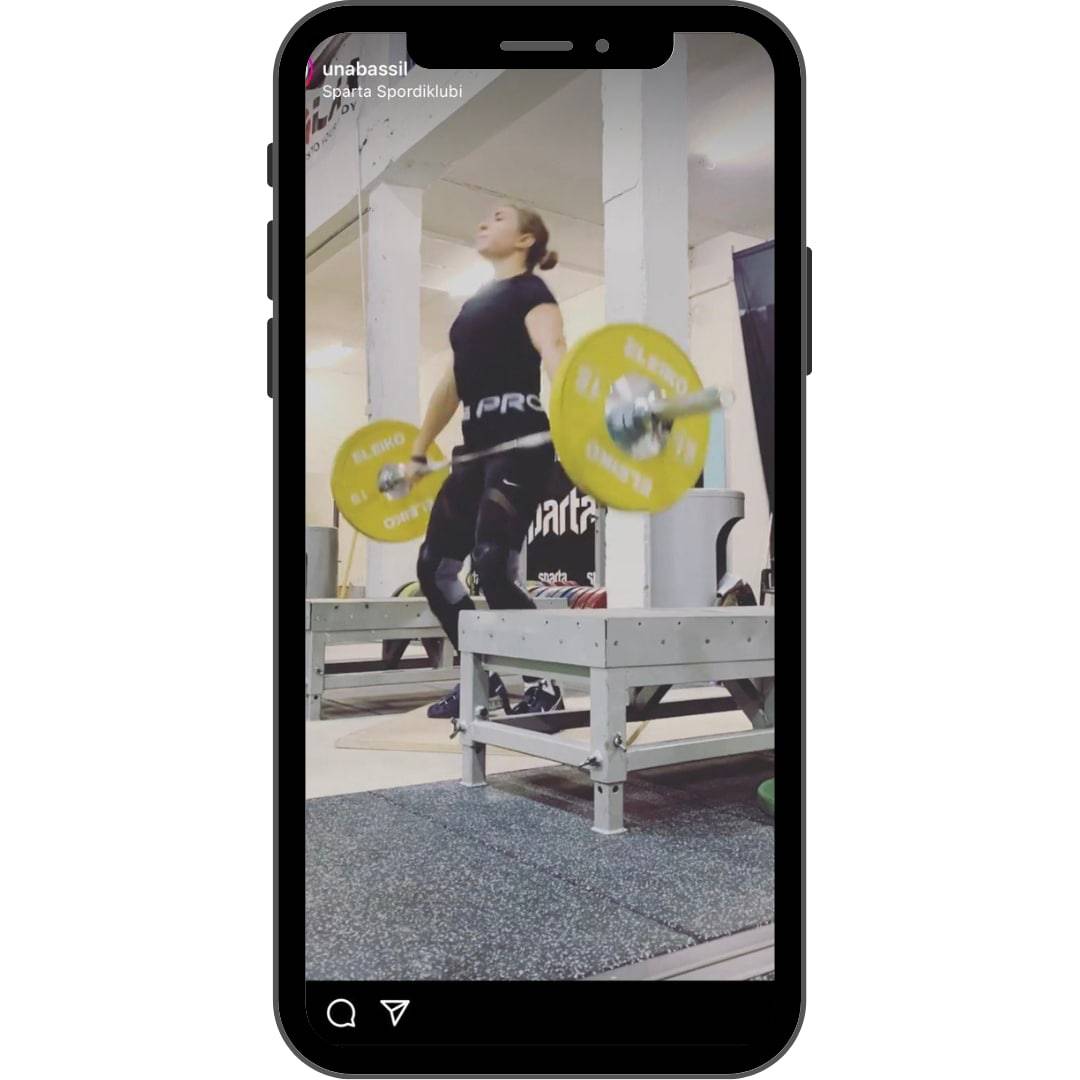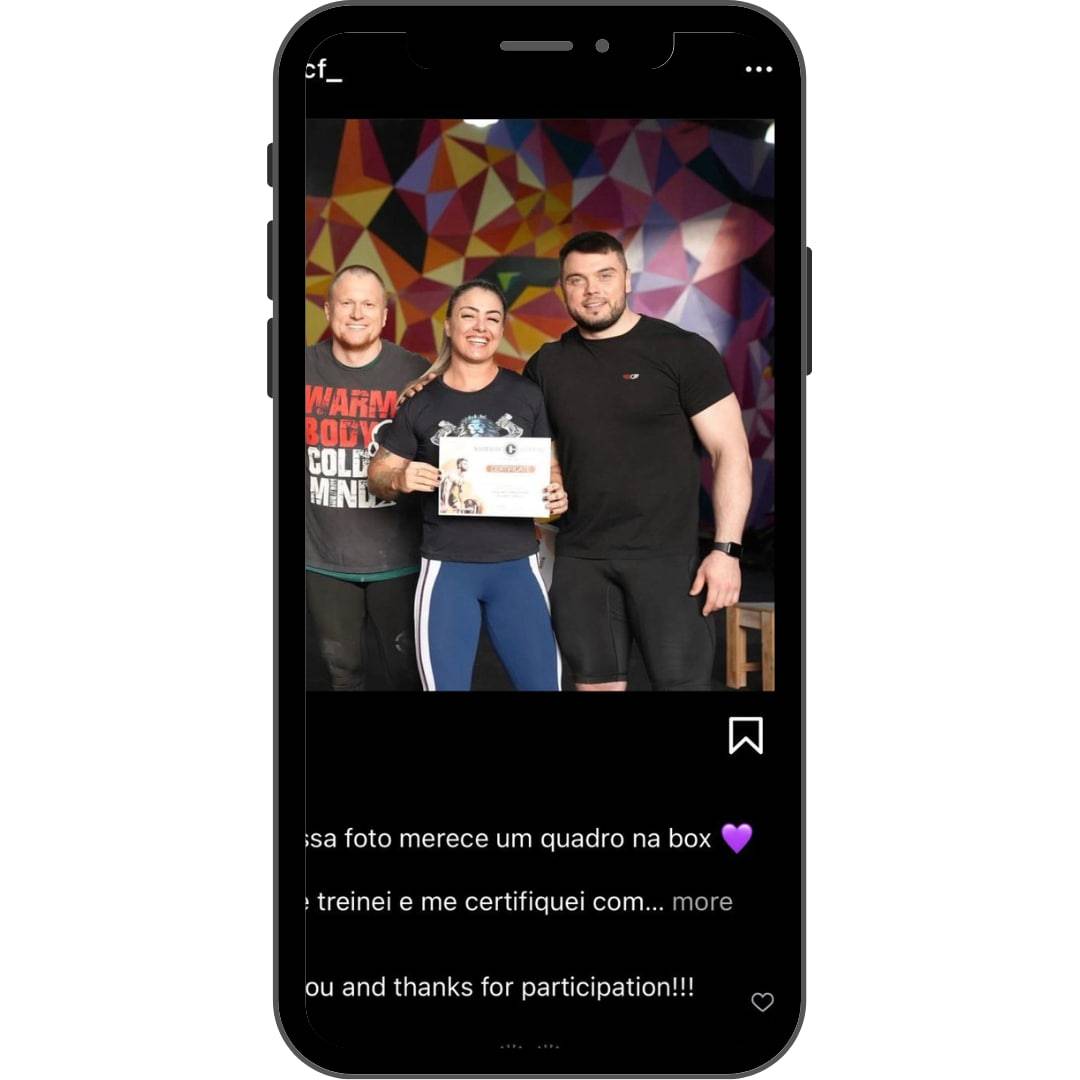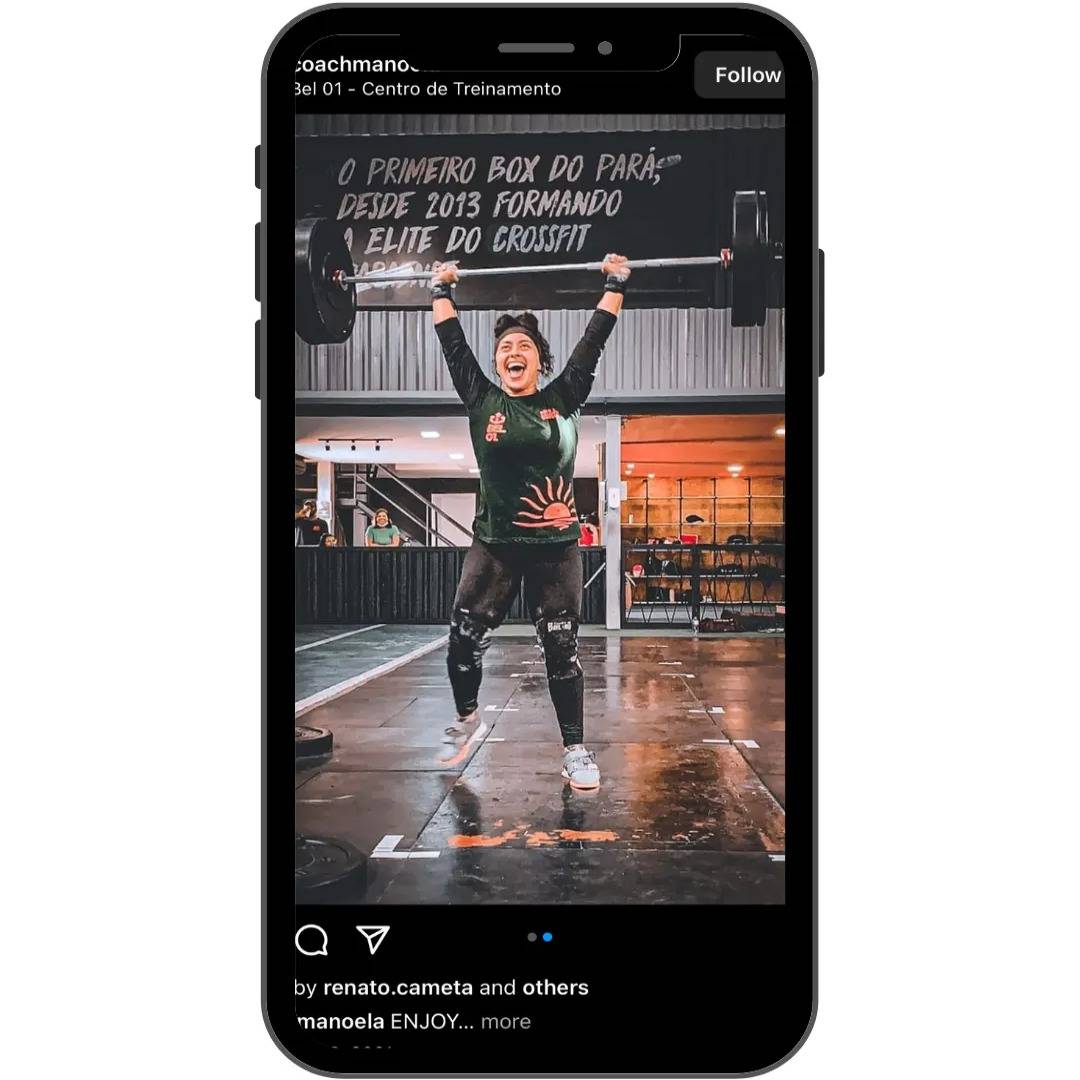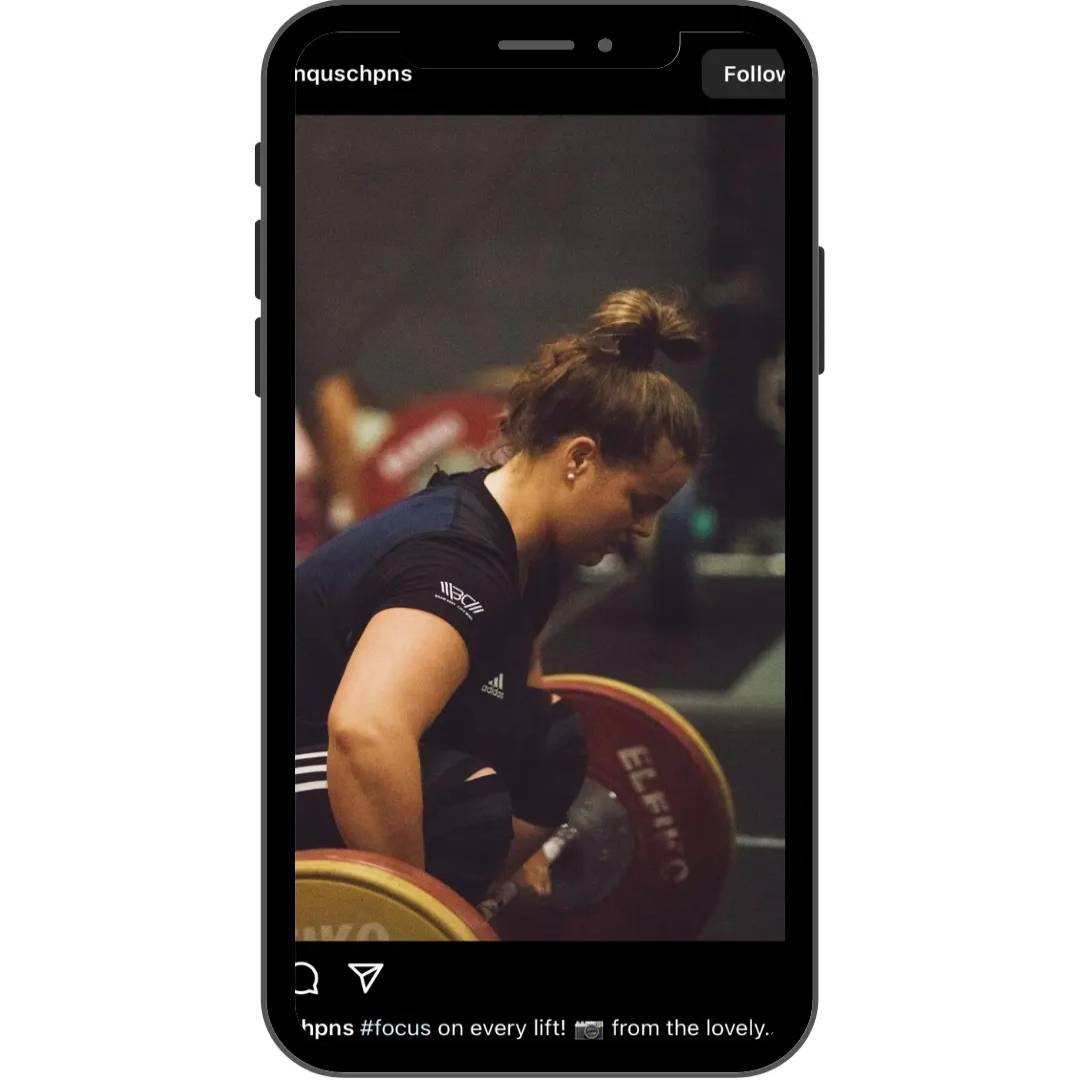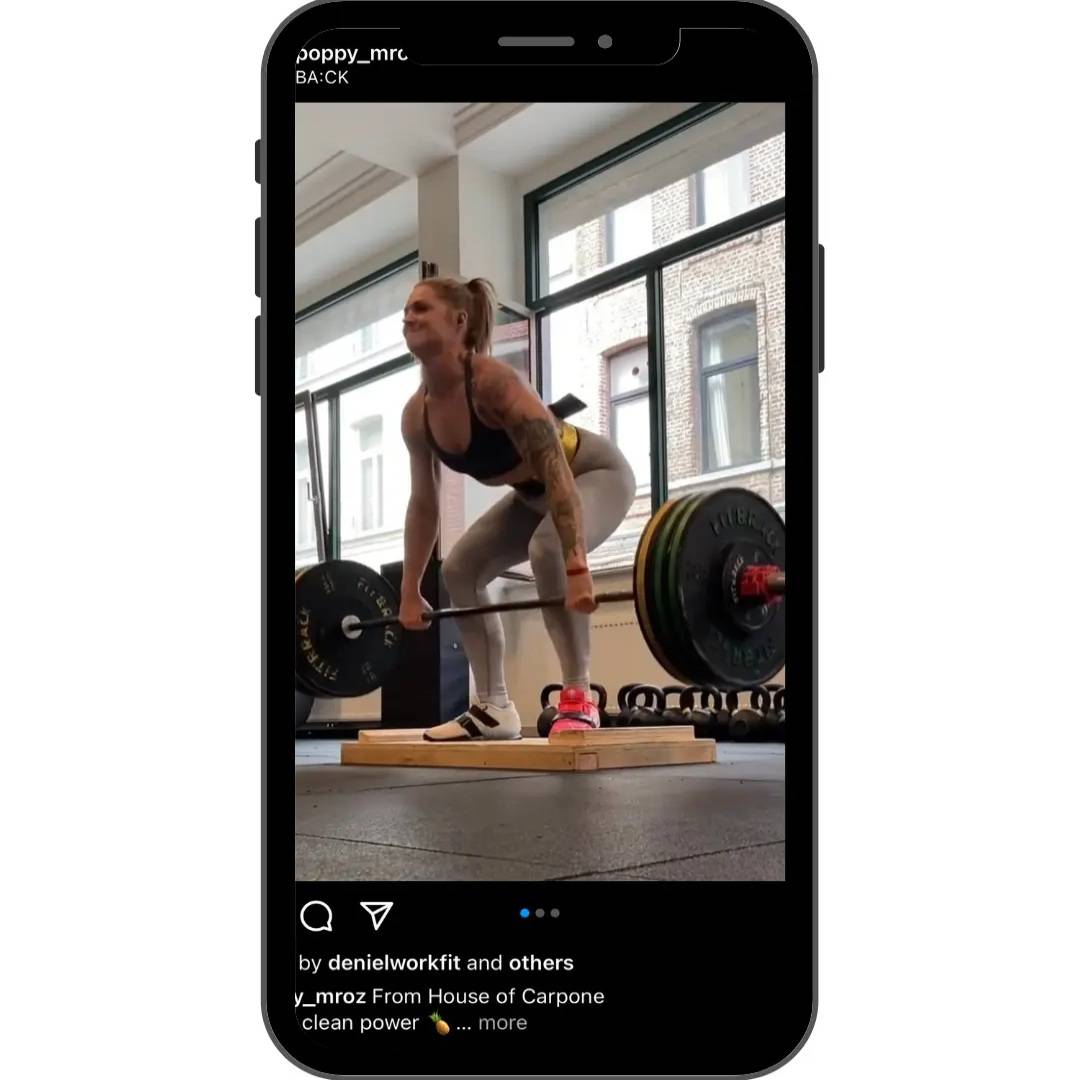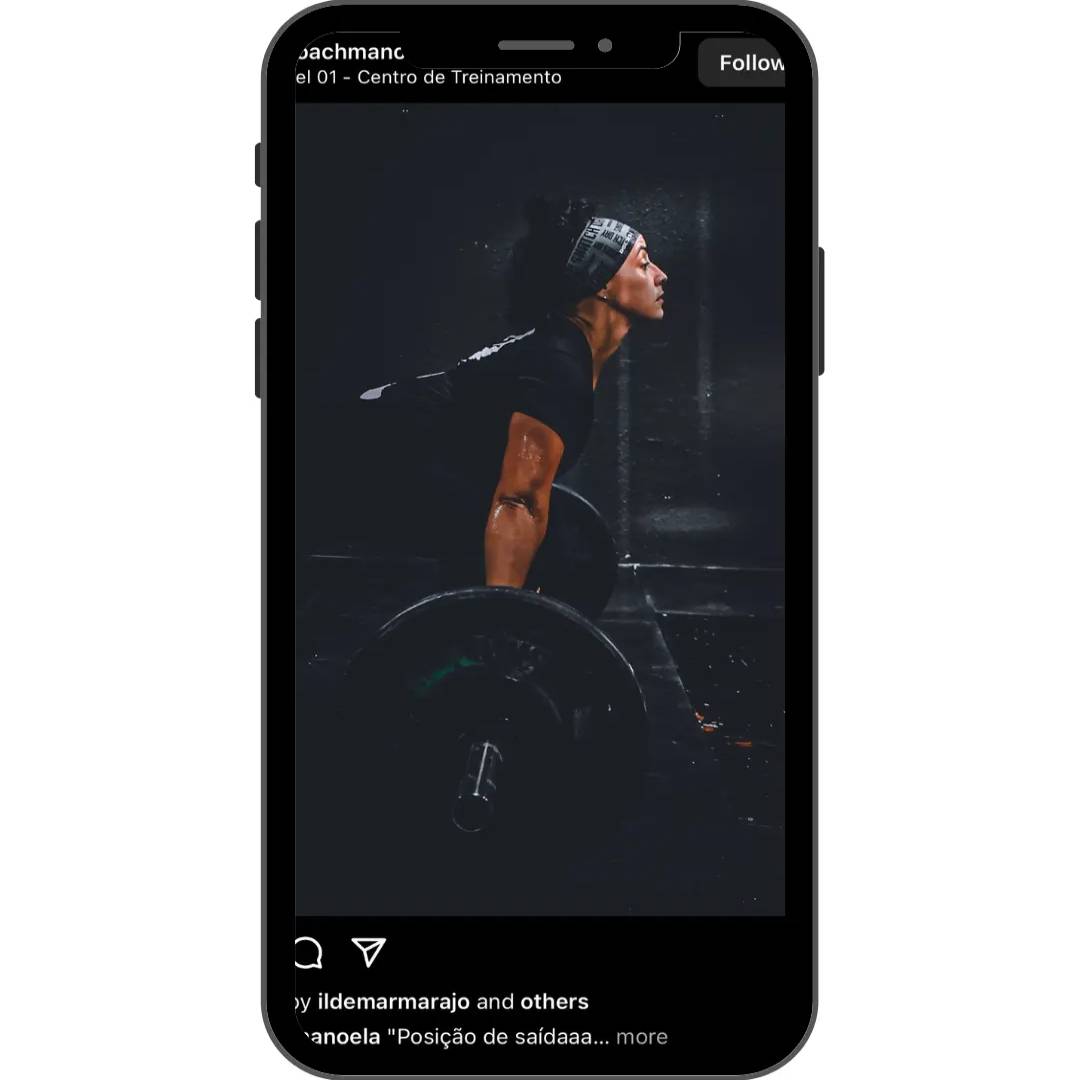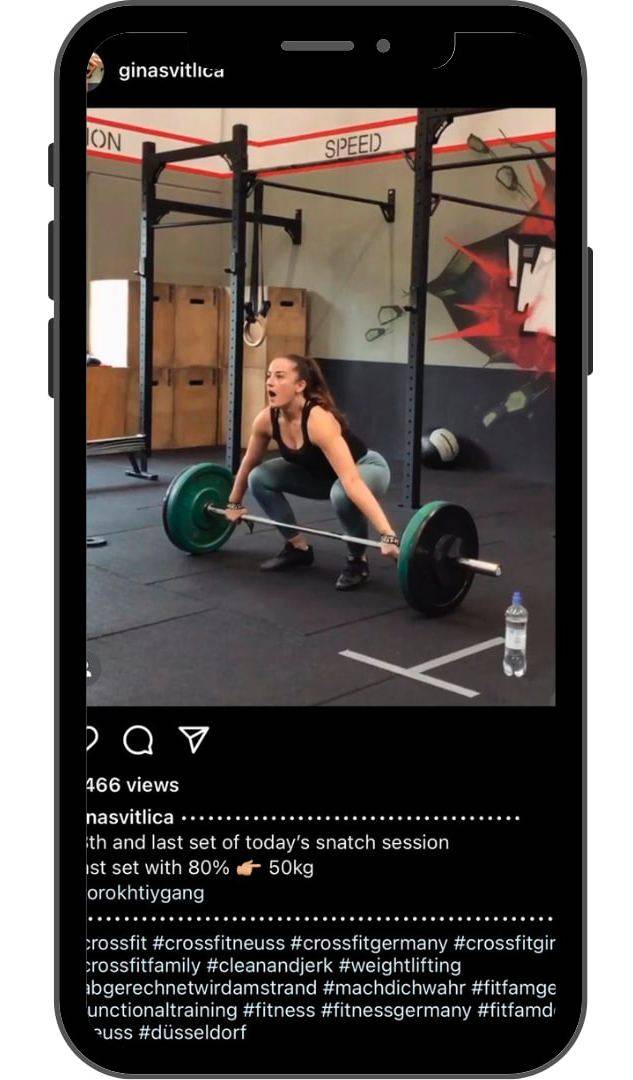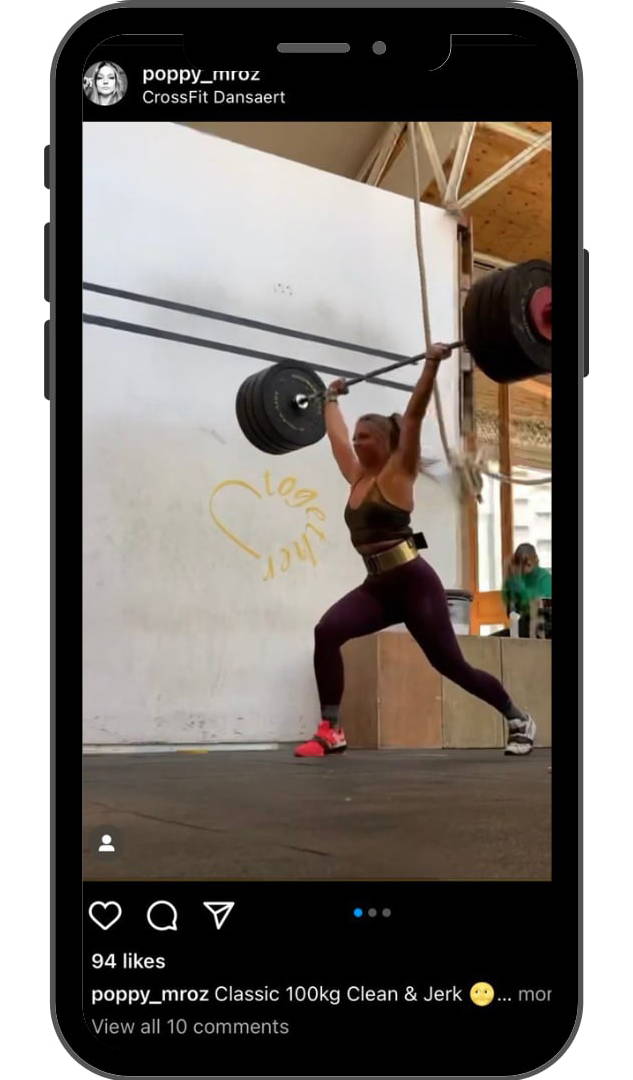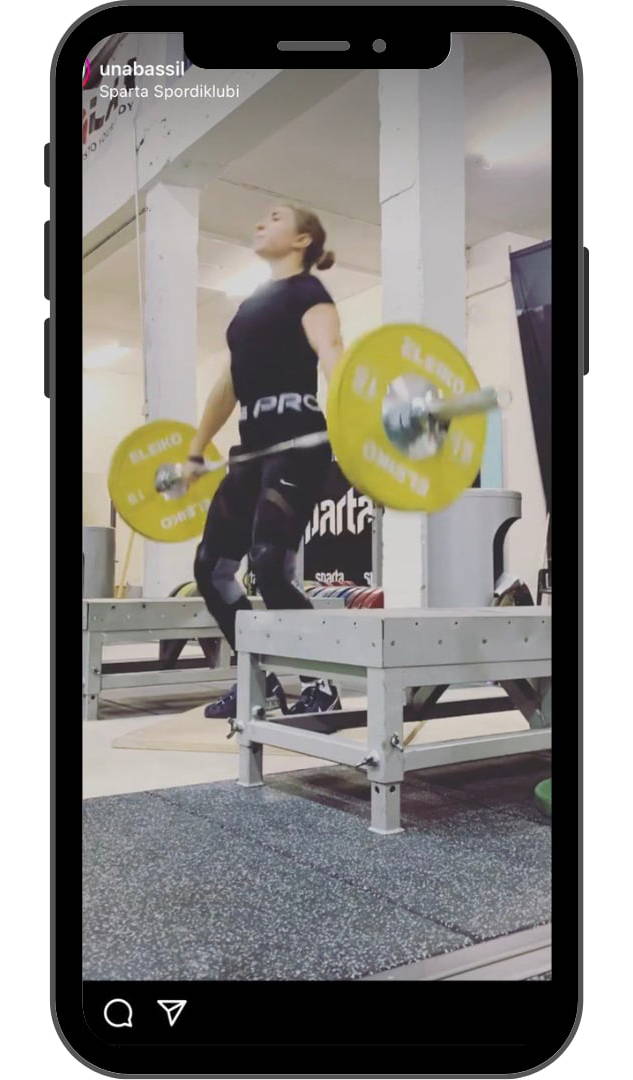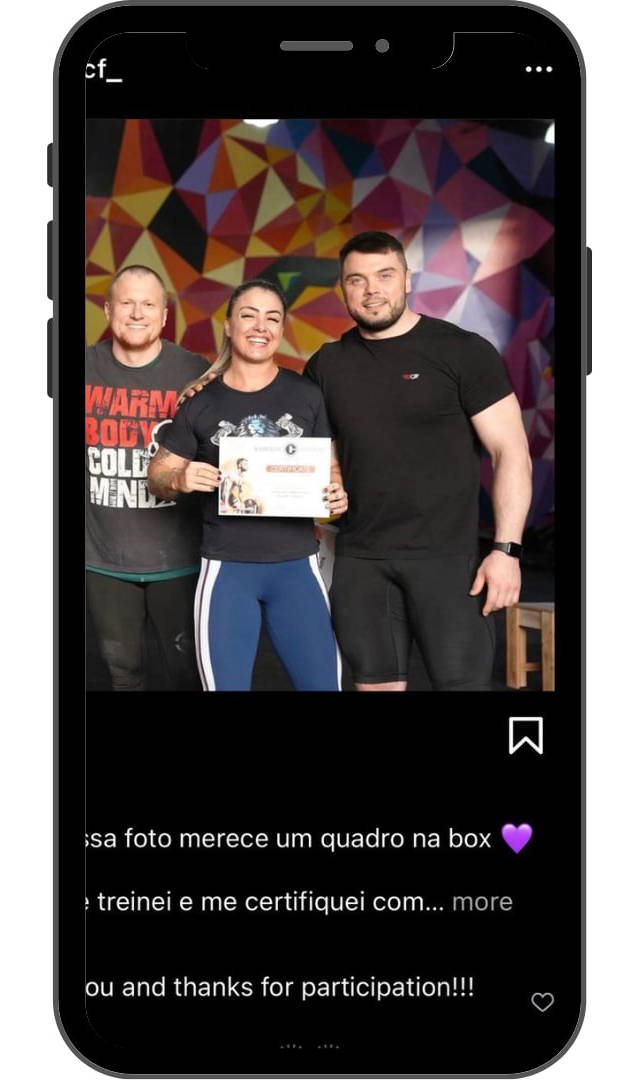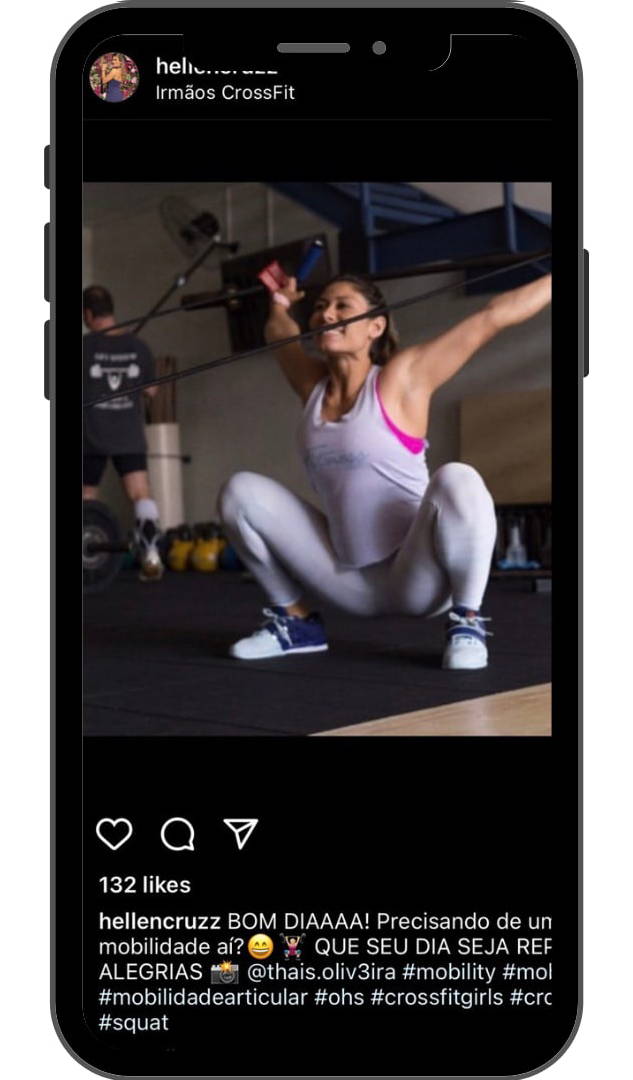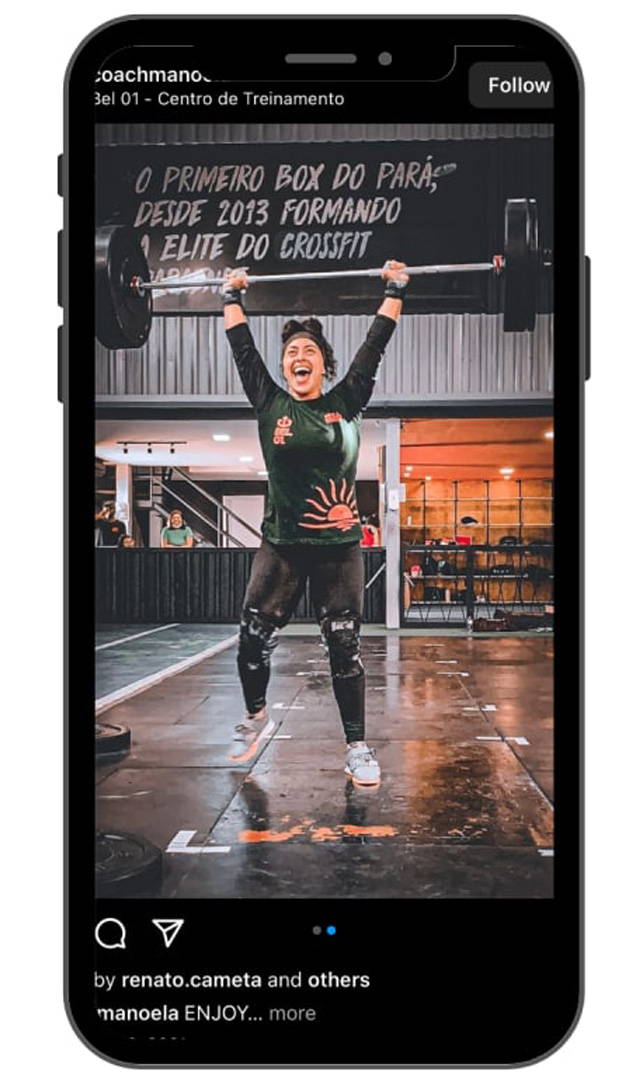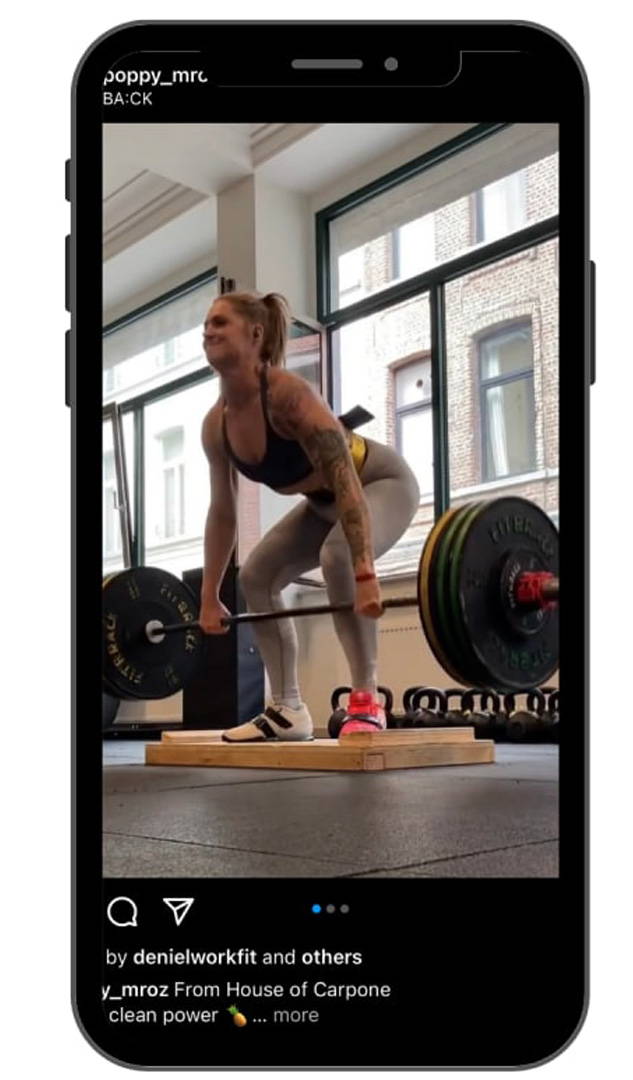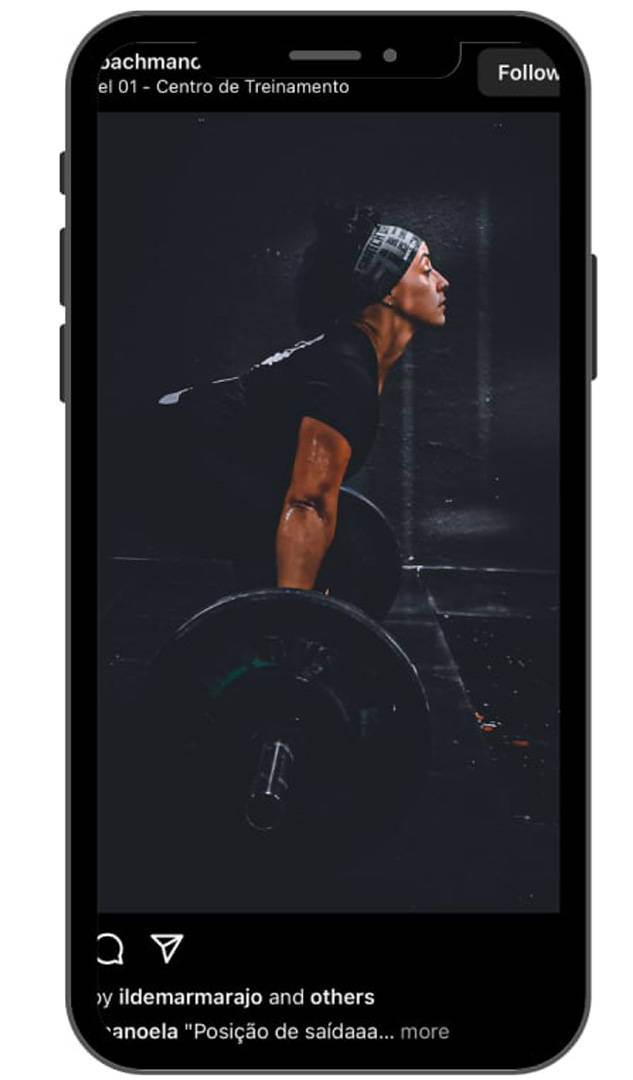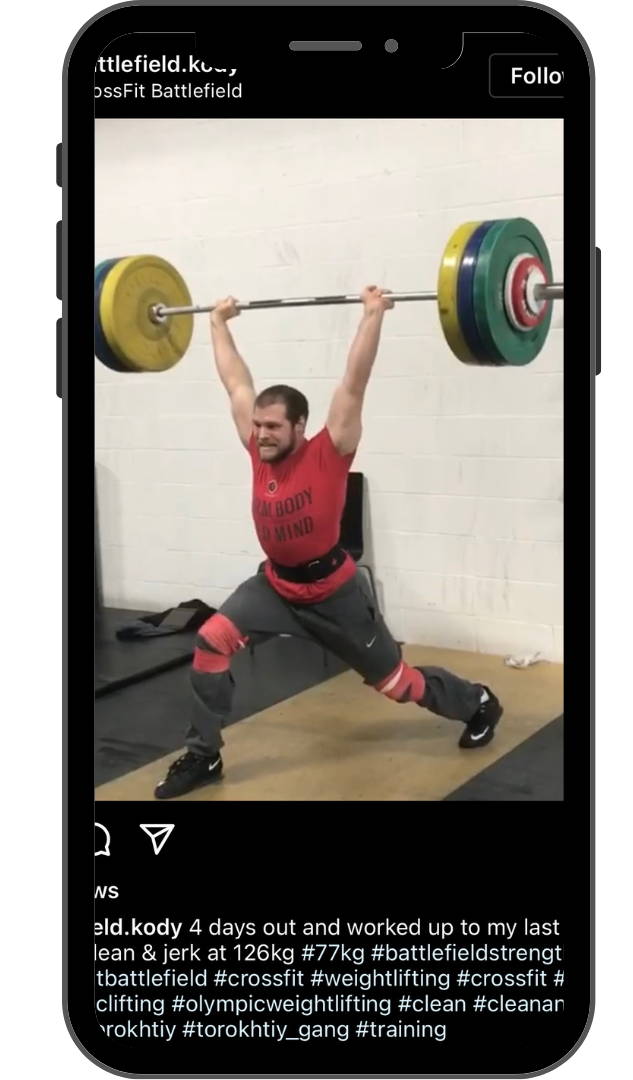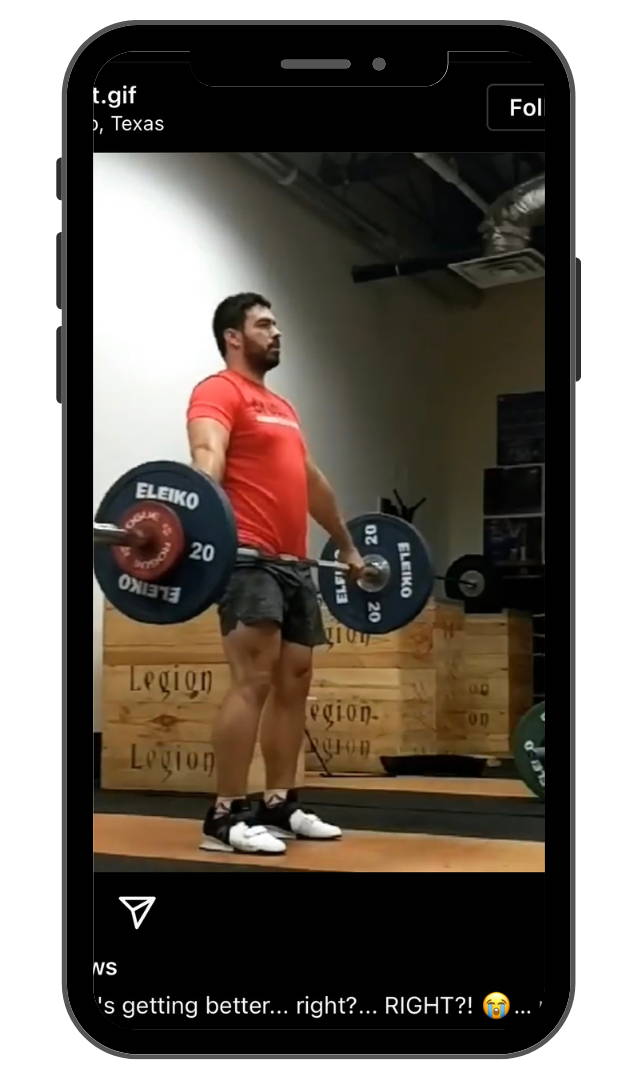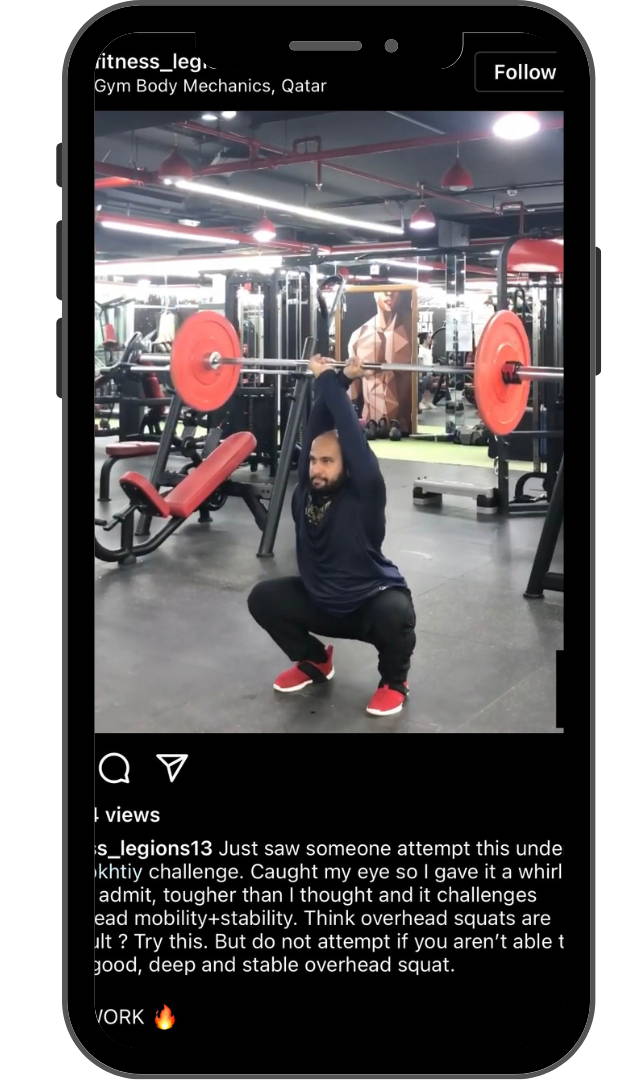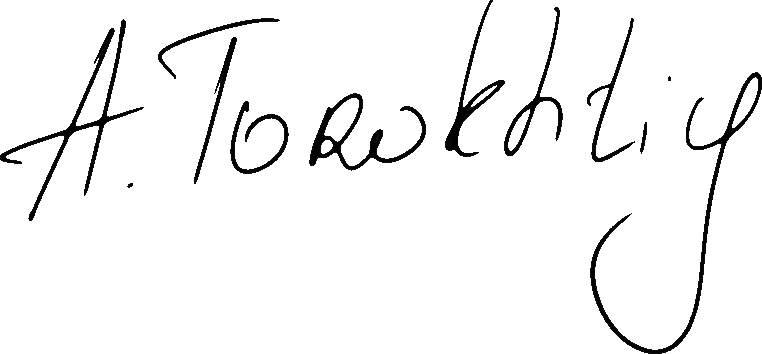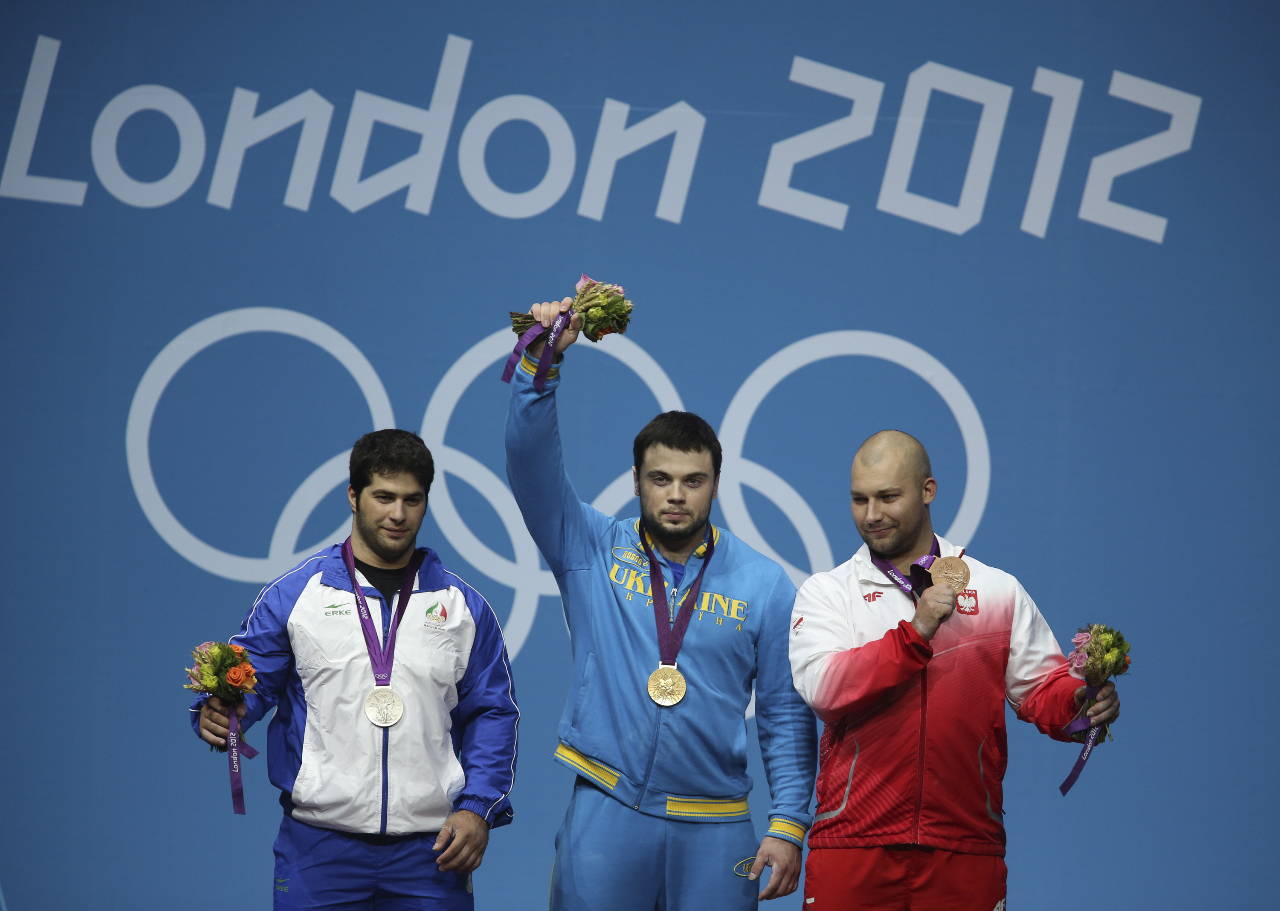This olympic weightlifting beginner program is designed to be 3 days per week. We do not recommend training 3 days in a row by a beginner weightlifting workout. On your rest days, try to plan recovery activities, such as massages, or sauna.
Program Description
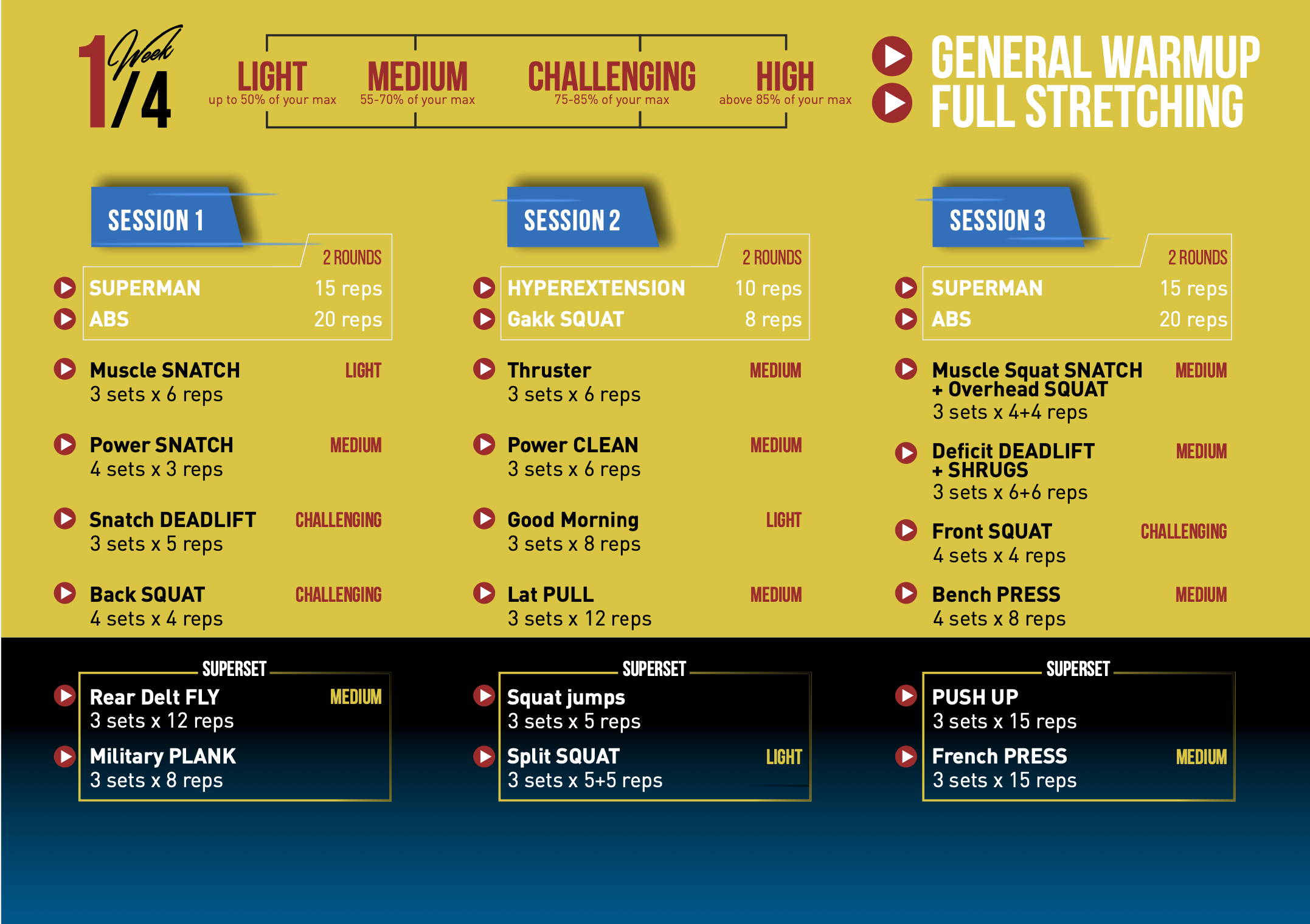
WEIGHT LIFTING PROGRAM is a 4-week strength training program, consisting of 3 sessions per week.
The main goal is improving weightlifting technique and strength.
This program is suitable for those who are new to the weightlifting and class themselves as beginners.
WEIGHT LIFTING PROGRAM is a 4-week strength training program, consisting of 3 sessions per week.
The main goal is improving weightlifting technique and strength.
This program is suitable for those who are new to the weightlifting and class themselves as beginners.

My Athletes On Social Media
What Will You Get
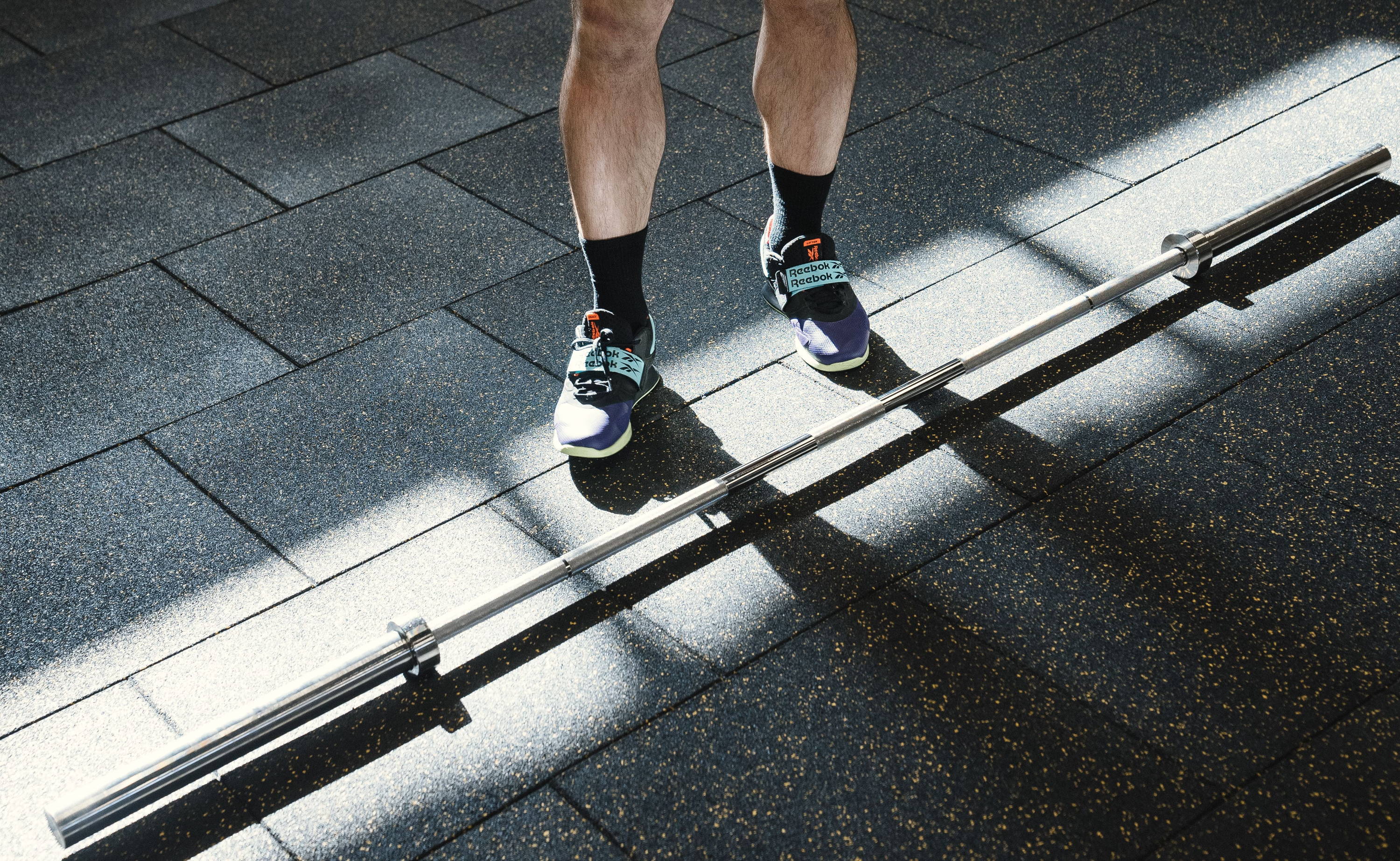
✓ World Class Coaching By Alex Torokhtiy;
✓Complete Olympic Weightlifting program;
✓ Focus on the Snatch and Clean & Jerk;
✓3 days of training per week, 50-80 minutes per session;
✓ Clear Video Instructions;
✓ Full access to all training content.
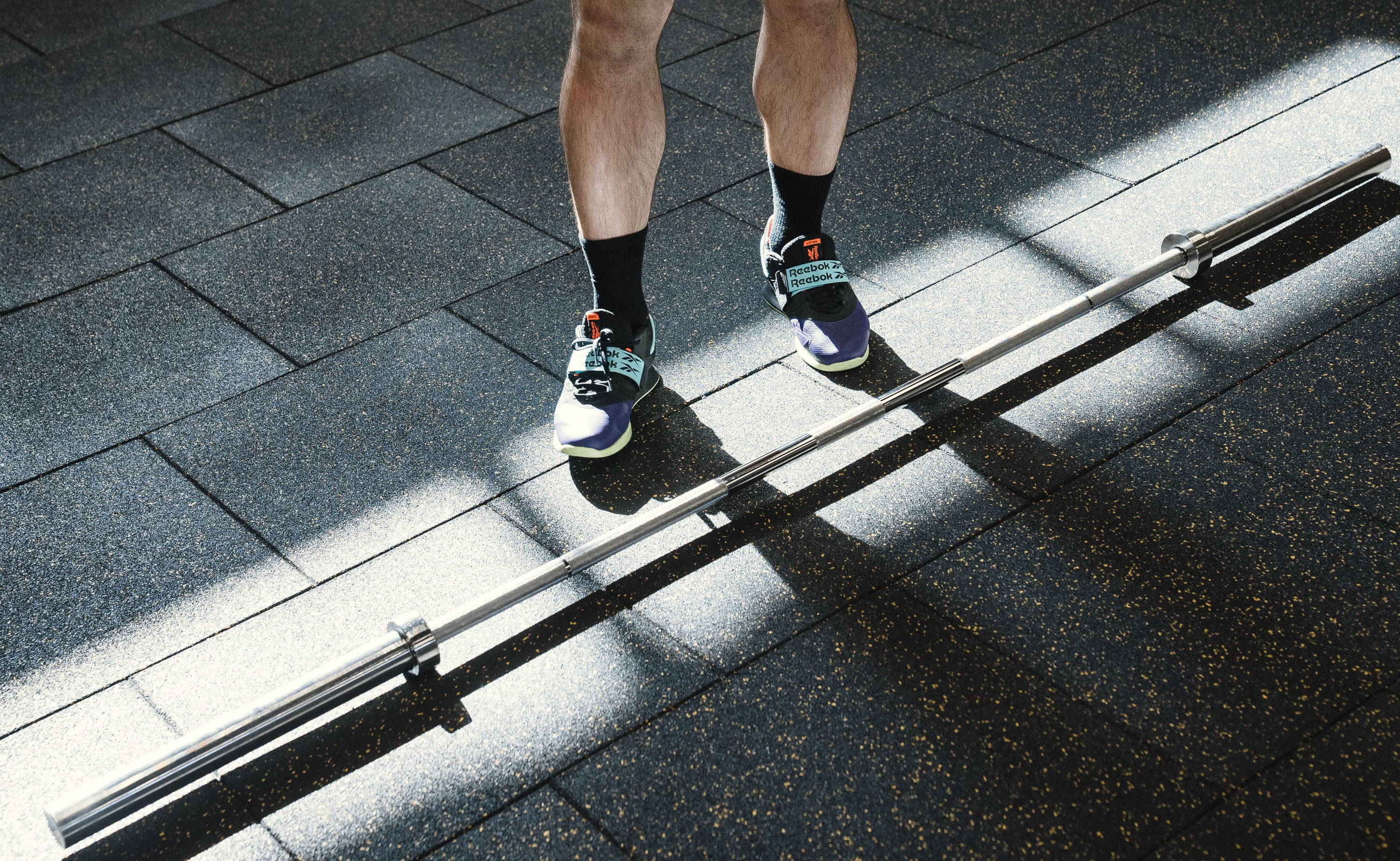
Program Details
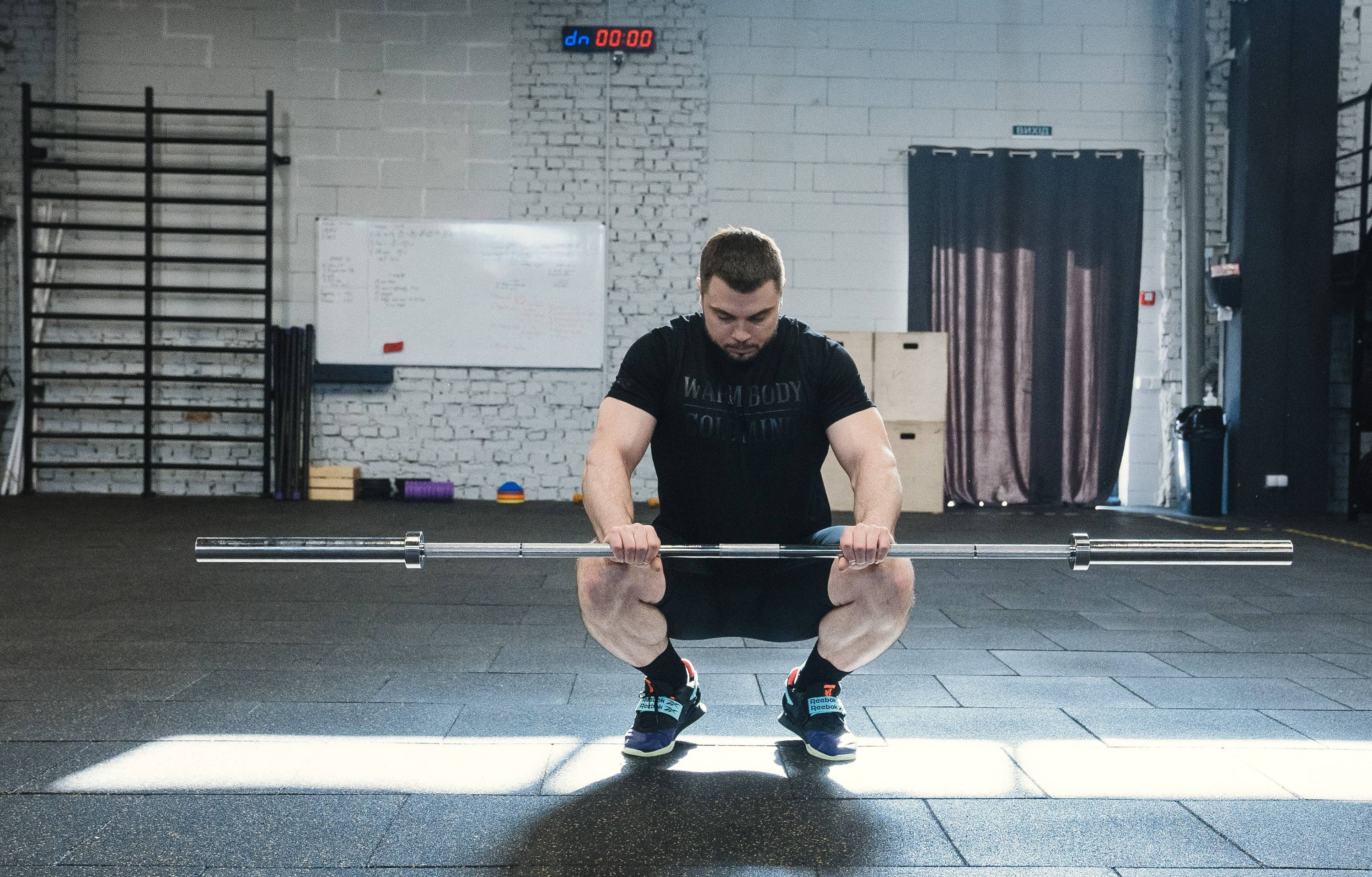
The program consists of technique drills and accessory work, as well as well thought out progressions to help athletes improve their lifts.
The program will help athletes improve their weightlifting technique and become more efficient, which will allow them to break new personal records in their lifts.
The program consists of technique drills and accessory work, as well as well thought out progressions to help athletes improve their lifts.
The program will help athletes improve their weightlifting technique and become more efficient, which will allow them to break new personal records in their lifts.
From Athlete To Coaching
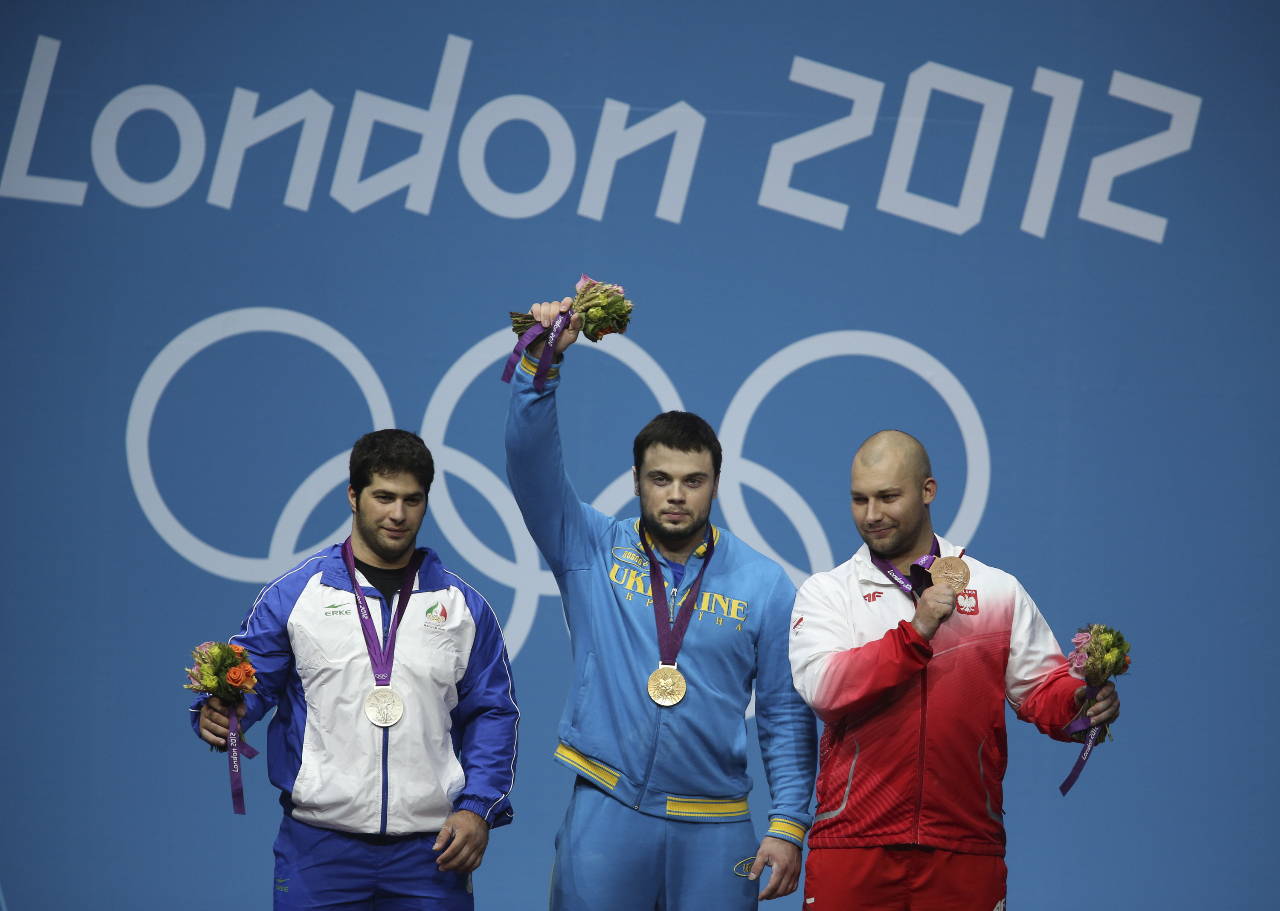
Hosted Over 200 Seminars Worldwide
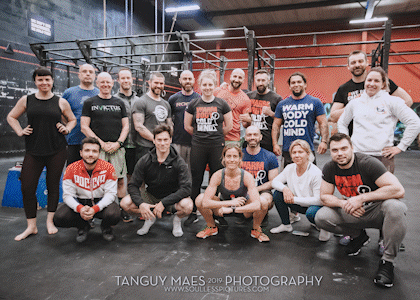
Hosting seminars for over seven years now, I've helped 10 thousand athletes from all around the world with their weightlifting journey.
It's an honor to be able do this!
Pricing
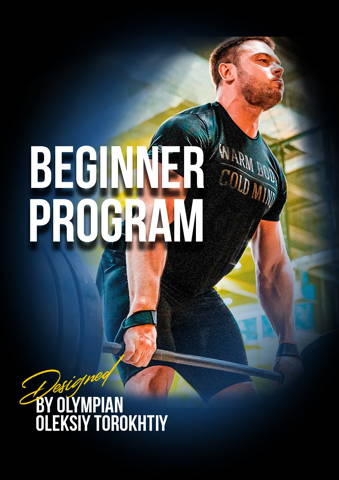
BEGINNER PROGRAM
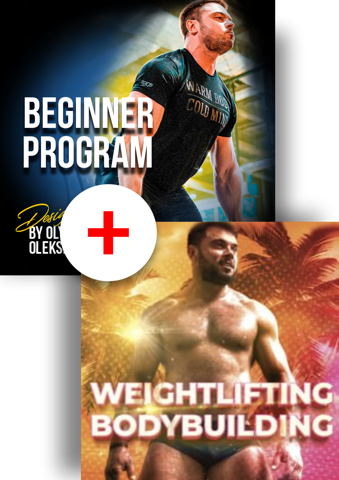
BEGINNER PROGRAM
+
WL BODYBUILDING
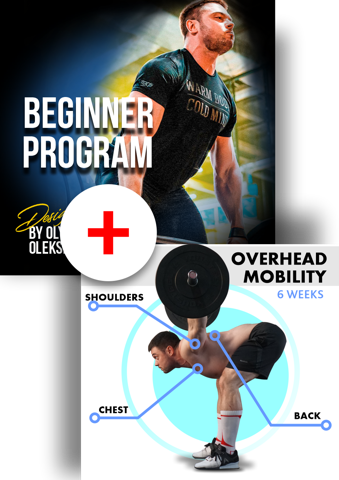
BEGINNER PROGRAM
+
OVERHEAD MOBILITY
4-week training plan (personal use)
✓
✓
✓
Workout Tutorial Videos
✓
✓
✓
#LifeTime Access
✓
✓
✓
✓
Overhead Mobility
✓

BEGINNER PROGRAM

BEGINNER PROGRAM
+
WL BODYBUILDING

BEGINNER PROGRAM
+
OVERHEAD MOBILITY
4-week training plan (personal use)
Workout Tutorial Videos
#LifeTime Access
✓
Weightlifting Bodybuilding
Overhead Mobility
Questions? Look Here!
Or Email Us direct@torokhtiy.com
How frequently should I train?
What are some beginner tips for Olympic weightlifting?
1. Start by learning the basic lifts - the snatch and the clean and jerk. These are the most technically challenging lifts and require a lot of practice to perfect.
2. Practice frequently - Olympic weightlifting is a highly technical sport, so you need to practice regularly if you want to improve.
3. Be patient - It takes time to master Olympic weightlifting, so don't get discouraged if you don't progress as quickly as you'd like. With practice and dedication, you'll eventually reach your goals.
What exercises are included in a olympic weightlifting program for beginners?
Beginner weightlifting plan usually involve exercises such as the snatch, the clean and jerk, front squats, back squats, power cleans, and push presses.
What equipment do I need for the beginner weightlifting routine?
Barbell and Bumper Plates
Squat Rack
PVC
GHD
Rubber bands
Blocks
Kettlebells
Plyometric Box
What should I expect in terms of results from a beginner weightlifting workout?
Some of the benefits you can expect are increased strength, improved power, and better coordination. You might also see an increase in muscle mass, as well as a reduction in body fat. However, it's important to be aware that Olympic weightlifting is a challenging sport, and beginners should always start out slowly and progress gradually to avoid injuries.
RECOMMENDED PROGRAMS
